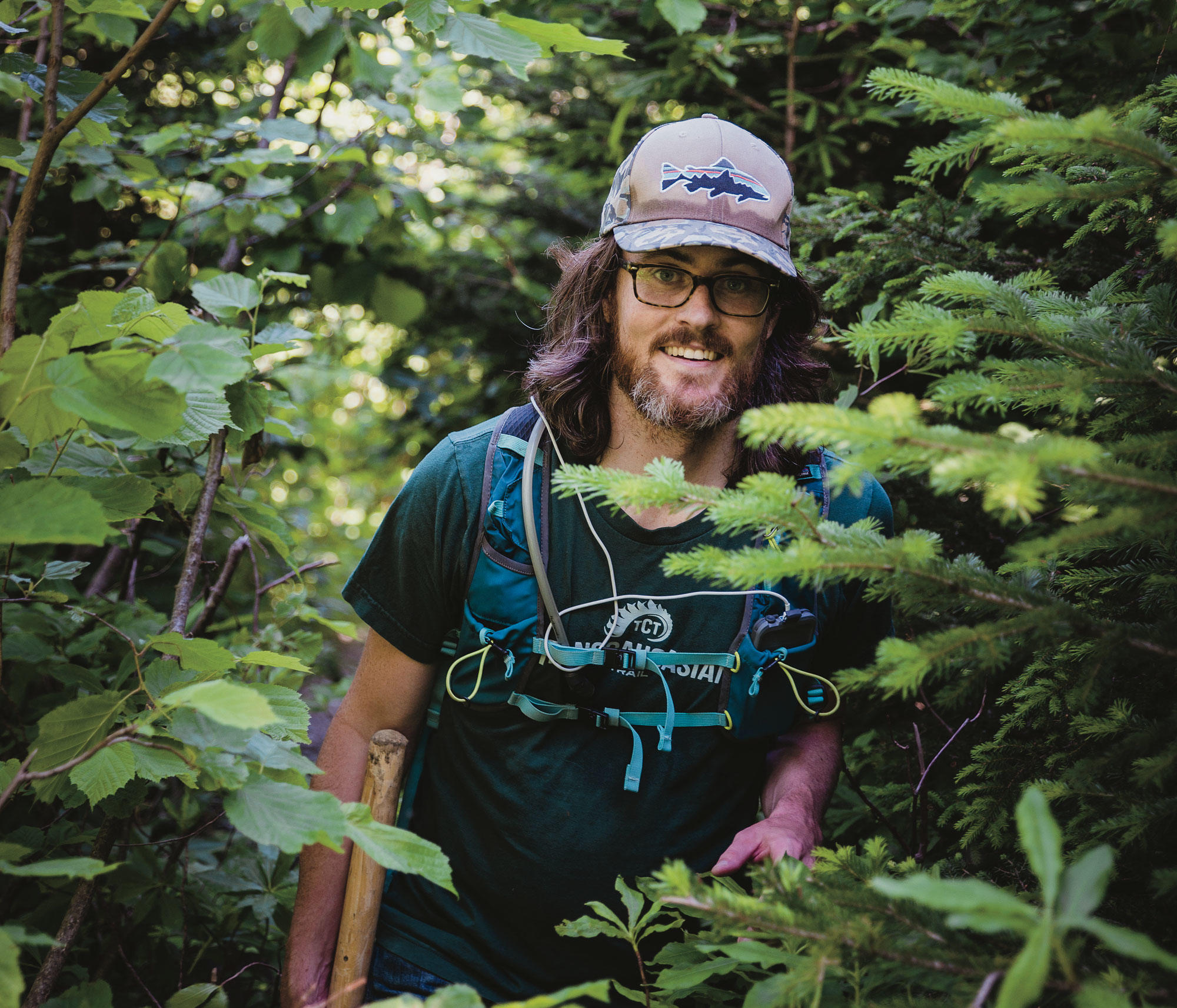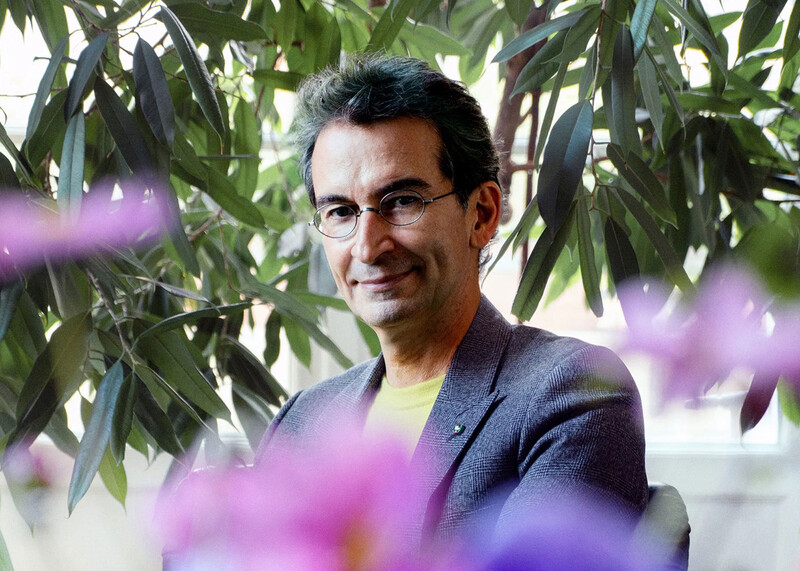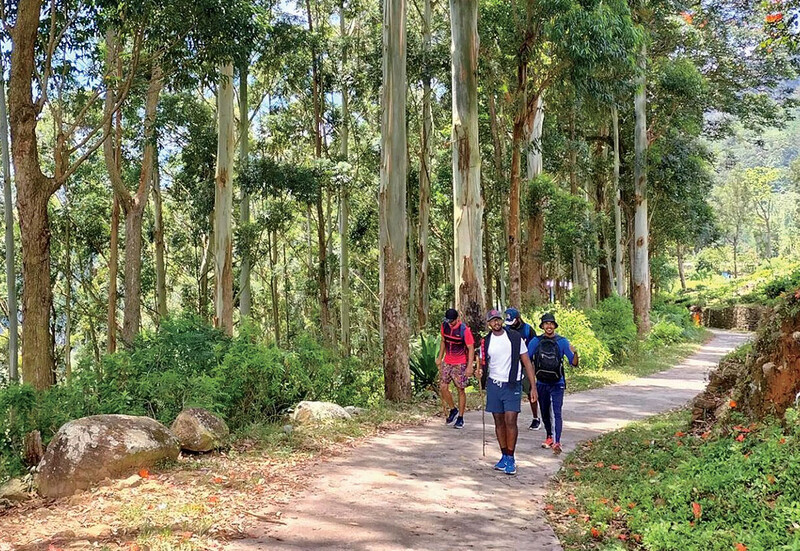The term trailblazer is tossed around frequently. But for Paul Stephens ’09JRN, the description isn’t just laudatory: it’s literal.
For the past three summers, Stephens, thirty-six, has been bushwhacking through forests, climbing mountains, and navigating glaciers as he attempts to build the first long-distance hiking trail through the Caucasus Mountains, which divide a portion of Asia and Europe.
An avid outdoorsman who grew up in a small town in Indiana, Stephens first started exploring the Caucasus as a Peace Corps volunteer in Georgia between 2005 and 2007. He returned to the US to study journalism at Columbia, then spent a few years in Yemen, writing about international affairs. In 2011, he moved back to Georgia, where he landed a communications gig with USAID, the United States Agency for International Development.
“I was visiting these different mountainous regions, and I started thinking that it would be amazing if they were connected,” Stephens says.
This idea led Stephens to found the Transcaucasian Trail initiative, which he now directs. His goal is to develop a three-thousand-kilometer-long route, which will link more than twenty existing and proposed national parks across three countries. Such a trail would not only create opportunities for pleasure but bring in much-needed tourist money, says Stephens: “Attracting world-class recreational hiking to the region could dramatically increase economic opportunities for the local people.”
The Caucasus — which spans Georgia, Armenia, and Azerbaijan, and parts of Russia, Iran, and Turkey — is one of the most diverse regions in the world. Its Christian and Muslim communities speak more than forty indigenous languages, and its terrain ranges from glaciers and sixteen-thousand-foot mountains to grasslands and subtropical rainforests.
Stephens spends his summers leading teams of volunteers who build the trails, and in the fall he scouts routes for the following year — usually hiking around fifteen miles a day. In the winter, he’s more often in his office, fundraising and planning for the next season. He expects the trail will be completed by 2024.
“The same things that drove me to be involved in journalism are driving me in this project: curiosity about other people, commitment to thinking about larger issues in a region, and belief in creative solutions,” Stephens says.
While working on the trail recently, Stephens found himself in a village that had been continuously inhabited for thousands of years, before harsh winters and a lack of economic opportunity drove most families away. Over a meal, one of the villagers told Stephens and his crew of volunteers that he hoped the hikers coming through the village might give his grandkids a reason to move back. For Stephens, it was a concrete affirmation of the trail’s mission — to ensure that the natural and cultural heritage of the region will be enjoyed by future generations.
“I hope that it helps people appreciate the incredible diversity of the region, and that it gives them pride in their culture and history. And I hope that, as we work to literally connect communities, people will begin to understand each other better.” Stephens says. “We’re hikers, but we’re not just focused on the pretty landscape. There’s so much more to this project.”



